Insulating electric poles in the Rhodope Mountains © Atanas Delchev/BSPP
Vulture populations and their distribution range dramatically decreased over the 20th Century in Europe due to human-induced threats. In Europe, extensive conservation actions have helped boost vulture numbers. However, there is still a long way to go to preserve and restore vultures in the continent.
To do so, we must first tackle the severe threats vultures face, including direct and indirect poisoning, habitat loss and degradation, decreased food availability, electrocution and collision with power grids and human disturbance. We here at the Vulture Conservation Foundation (VCF) mitigate such threats head-on through executing concrete conservation actions, developing action plans and sharing our expertise.
ILLEGAL WILDLIFE POISONING
Poisoning is the most significant threat impacting vultures today. In most cases, vultures ingest poison baits, which are targeted at terrestrial predators such as foxes to protect livestock and game animals. The VCF is actively pursuing different lines of work to fight this threat, among which is BalkanDetox LIFE, a project working across seven Balkan countries to try to eradicate this illegal and highly damaging practice through mainly raising awareness and building capacities among key stakeholders.
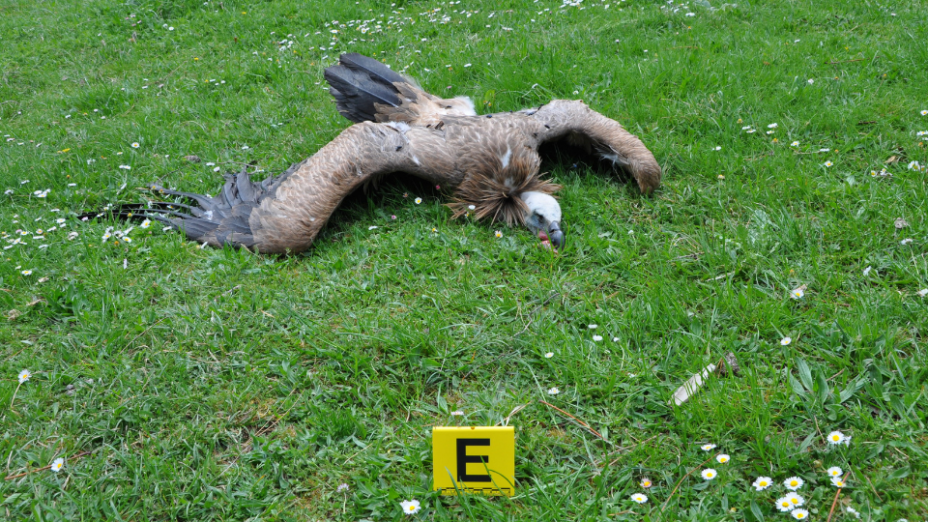
ELECTROCUTION
When flying or landing on dangerous pylons, vultures often touch wires and die from an electric shock, contributing to declines in populations. Conservationists alongside electricity companies insulate high-risk electricity lines or replace them with more modern designs to reduce or eliminate the risk of bird electrocutions. In the long term, selecting less dangerous pole designs or even burying lines underground in high-biodiversity areas seem better options. The Energy Infrastructure project is one of our projects working to minimise the threat of electrocution.
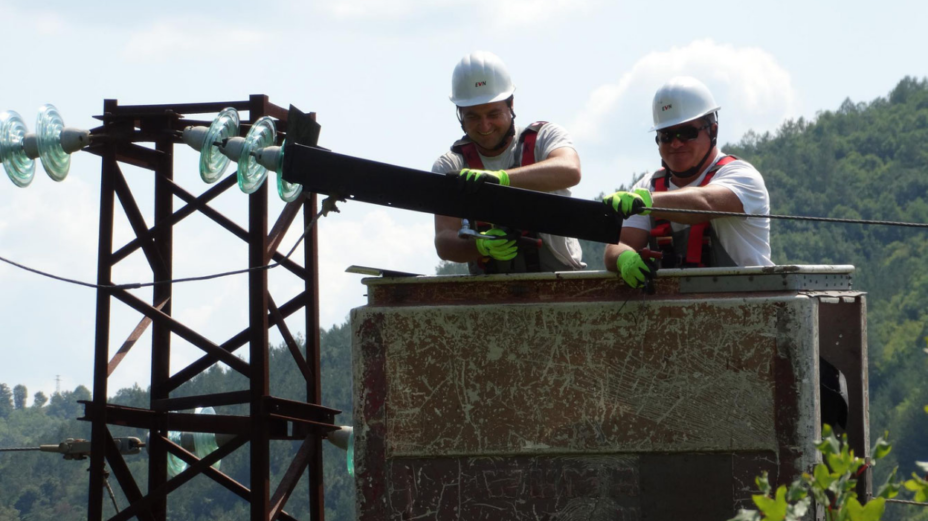
COLLISION
Collisions occur when vultures are unable to distinguish power lines or wind turbines against the background. The VCF is involved in different projects to mitigate the threat of collision, including our own LIFE-funded projects such as Vultures Back to LIFE and LIFE RE-Vultures that are working to protect vultures from the risks of collision by adding high visibility reflectors and spirals to cables to help improve the visibility of power lines which reduces the risk of collision.
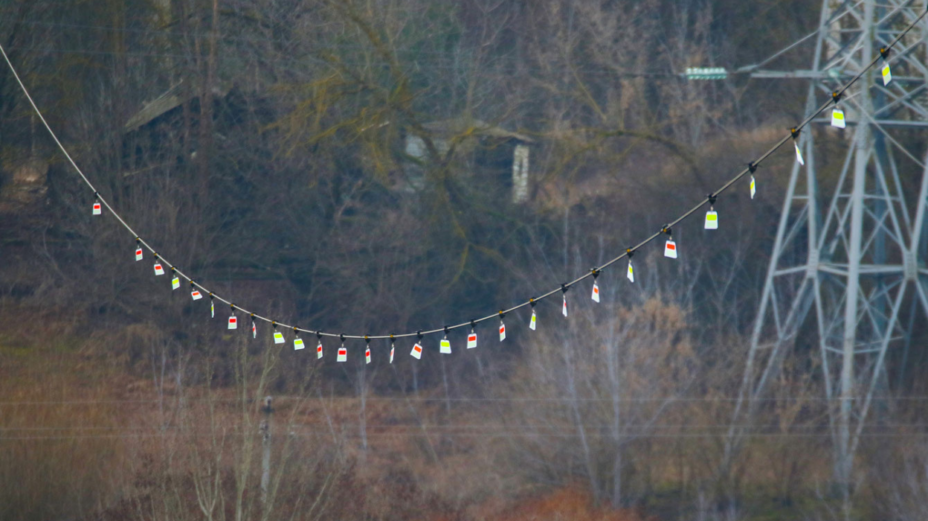
VET DRUGS
A form of unintentional poisoning occurs when vultures feed on the remains of livestock treated with certain veterinary products such as the Non-Steroidal Anti Inflammatory Drug (NSAID) diclofenac. This drug has caused about a 95% decline of three Gyps species in India within less than a decade. There, it was banned, but in recent years the drug entered the EU, and the VCF and partners campaigned widely to ban Diclofenac to protect vultures. However, instead of a ban, the European Medicines Agency recommended several risk management measures, including more regulation, veterinary controls and better labelling.
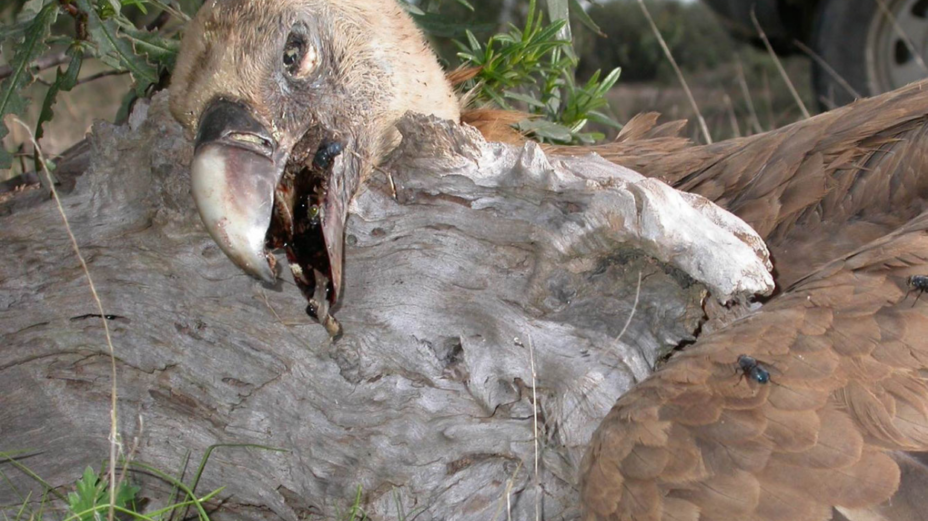
ILLEGAL KILLING
Even though vultures are strictly protected species across Europe, some still illegally kill these magnificent birds. In fact, direct persecution and illegal shooting still take place, especially in certain regions. For instance, in France’s Grands Causses, several reintroduced Bearded Vultures with LIFE GypConnect fell victim to illegal persecution like Dolomie seen in the photo. Another of our projects tackling this threat is the IKB, an international collaboration working against the illegal killing of migratory birds and vultures.
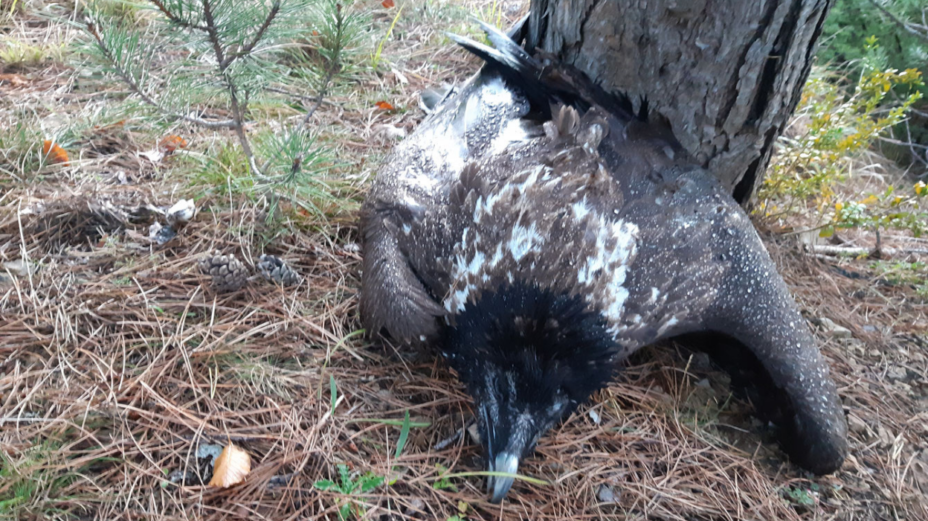
FOOD AVAILABILITY REDUCTION
The decline of extensive farming and the introduction of strict carcass disposal legislation led to the reduction in vultures’ food availability in recent years. To tackle this threat, in some places like Sardinia, the LIFE Under Griffon Vulture project obtained a derogation from the EU regulations on the disposal of so-called Animal by-products (ABPs), enabling farmers to dispose carcasses at feeding sites, and so providing safe food to vultures. In other places like the Rhodope Mountains, the LIFE-RE Vultures project has so far released hundreds of deer to improve the natural availability of wild ungulate carcasses to vultures in the region, boosting local food chains.

LEAD POISONING
Lead poisoning is a silent threat that poses a high risk to vultures. It occurs when vultures unintentionally ingest lead shot pellets or fragments of bullets scattered in shot game animals, which can cause adverse effects on their health that can be lethal. The VCF team is working alongside many partners towards a gradual and consensual elimination of lead ammunition from vulture habitats, and we have also contributed to calls for evidence from the European Chemical Agency (ECHA) of the European Union.



